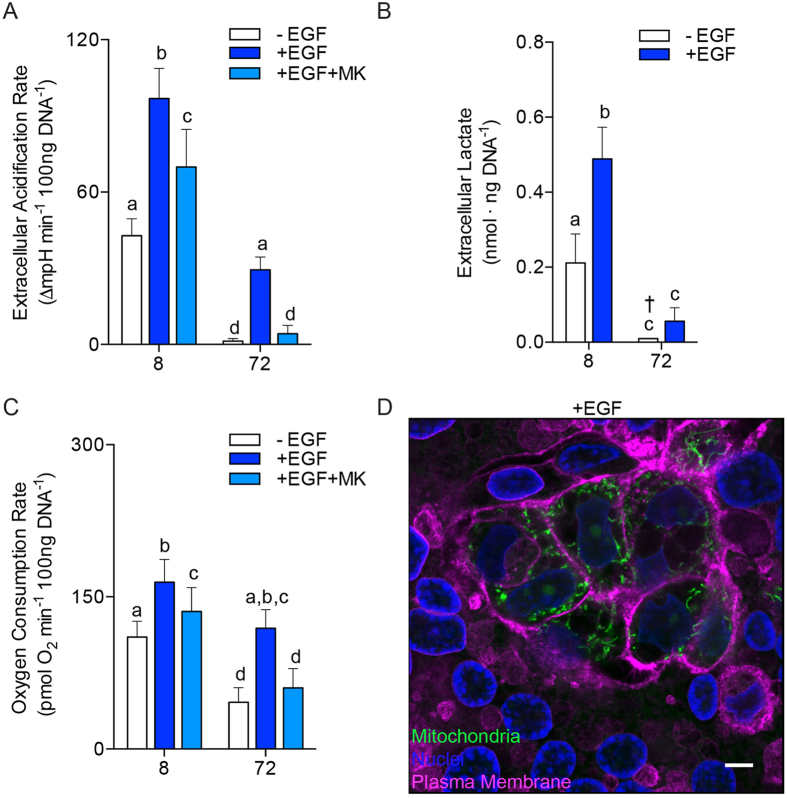Figure 5. Epidermal Growth Factor and Akt contribute to metabolism and differentiation of cytotrophoblast.
Primary human trophoblasts were studied at 8 and 72 h of culture, representing undifferentiated CTB and differentiated SCT in control cultures, respectively. For metabolic measurements, the culture medium was replaced with a Seahorse assay medium supplemented with C16 fatty acids (25 μM) and 5 mM glucose. (A) ECAR at 8 h and 72 h of culture, with and without epidermal growth factor (EGF) (10 ng/ml), and with the Akt activation inhibitor, MK2206. (B) The higher CTB production of extracellular lactate production over an 8-hour period indicates that CTB are heavily glycolytic and export a large quantity of lactate compared to SCT. Glycolysis and accompanying lactate export in CTB were powerfully stimulated by EGF. MK2206 suppressed the actions of EGF on ECAR. (C) OCR was stimulated by EGF, but suppressed by MK2206. (D) In the presence of EGF, 72 hr trophoblast cultures contained sheets of SCT, with many aggregates of unfused cells that appeared undifferentiated as indicated by the prominent intercellular membranes (wheat germ agglutinin, magenta). Active mitochondria marked with Mitotracker, CM-H2TMRosa (green) were brightest in the undifferentiated CTB clusters. Scale Bar: 5 μm. Data are Mean ± SEM, n = 6 placentas.

